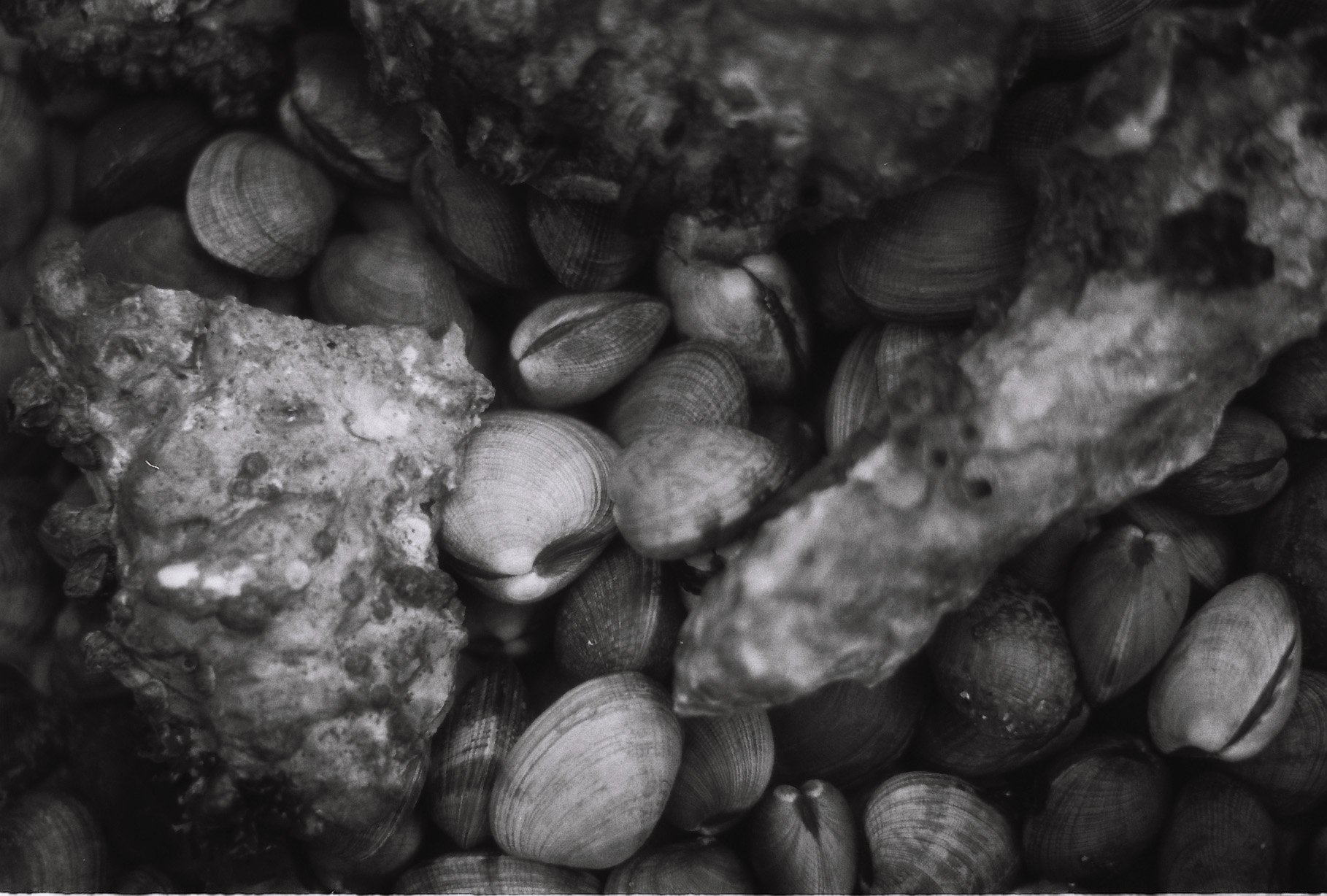
The Water We Call Home:
The Symposium
July 24th, 2022.
South Galiano Island Community Hall
The Water We Call Home: The Symposium
“ I can’t imagine not being near the water. We’ve all lived and worked on the water, fed our family from the water, used it as our transportation, our economy, it’s everything. So for all of us to be there in that circle, that connection to water, that was our common connection. Not just the fact that we know each other, we are connected by blood, but the water. The water is what held us together, it holds our stories, our movement, everything is there.”
Galiano Island lies within the shared, asserted, and unceded traditional territories of the Penelakut and Lamalcha First Nations, as well as the shared, asserted, unceded traditional territories of other Hul’qumi’num speaking peoples. Like many places in Canada, Galiano is going through its own reconciliation process. Residents are eager to learn more about the Indigenous histories of Galiano and are wanting to deepen their relationships with the many Nations with connections to the waters and lands surrounding the island. There is a need for decolonial frameworks and protocols to help develop these relationships in responsible ways, so that overlapping stories of connection can be shared and celebrated.
In this one day symposium an Advisory circle of Indigenous women who have gathered on Galiano over the last two years to re-presence connections to fish, water, and family around the Salish Sea, joined academics, policy makers, extended family, curators, and witnesses to discuss the exhibition The Water We Call Home at the Yellowhouse Art Centre. Together they reflected on how the themes, methodologies, and questions raised in the exhibition relate to their work today and into the future.
This event at the Galiano South Community Hall was by invitation only due to venue capacity and to allow for physical distancing. All sessions were recorded and are presented here.
What is shared in the symposium was witnessed by Richard Charlie (Spune’luxutth), Hereditary Chief Bill Williams telàsemkin-siyam (Sḵwx̱wú7mesh), Chief Darren Blaney (Xwe'malhkwu), and Kim Haxton (Potowatomi from the Wasauksing First Nation)
In this circle the Advisory Circle of Indigenous women at the heart of this project reflect on this work, what it has meant to gather together over the last two years on Galiano Island, and what they see for the future.
Rosemary Georgeson (Coast Salish / Sathu Dene)
Eva Wilson (Coast Salish)
Christie Lee Charles (xʷməθkʷəy̓əm)
Karen Charlie (Spune’luxutth)
Fay Blaney (Xwe'malhkwu)
Kimi Haxton (Potowatomi from the Wasauksing First Nation)
Moderated by Jessica Hallenbeck (Simon Fraser University)
Invited scholars with research and /or family connections to Galiano Island discuss the exhibition in related to their work, from art history to Indigenous law and archaeology.
Dory Nason (Anishinaabe; UBC)
Johnny Mack (Toquaht Nation; UBC)
Catriona Sandilands (York University)
Colin Grier (Washington State University)
Camille Georgeson-Usher (Coast Salish and Sahtu Dene, OCAD)
Moderated by Kate Hennessy (Simon Fraser University)
In this final circle of the day, local policy makers reflect on the exhibition and how it relates to their everyday work in and around the Salish Sea, today and into the future.
Jane Wolverton (Islands Trust)
Reverend Sarah Tweedale (Anglican Church, Galiano)
Paul Brent (Capital Regional District, Southern Gulf Islands Electoral Area)
Rachel Blaney (Member of Parliament North Island—Powell River)
Sarah Murdoch (Senior Director, Pacific Salmon Strategy Initiative, Fisheries and Oceans Canada)
Jeannine Georgeson (IMERSS)
Moderated by Eden Toth
At the end of the symposium, words were shared by Rosemary Georgeson, Eva Wilson, Karen Charlie, and Faye Blaney. The day was witnessed by Kimi Haxton, Richard Charlie, Hereditary Chief Bill Williams, and Chief Darren Blaney.
